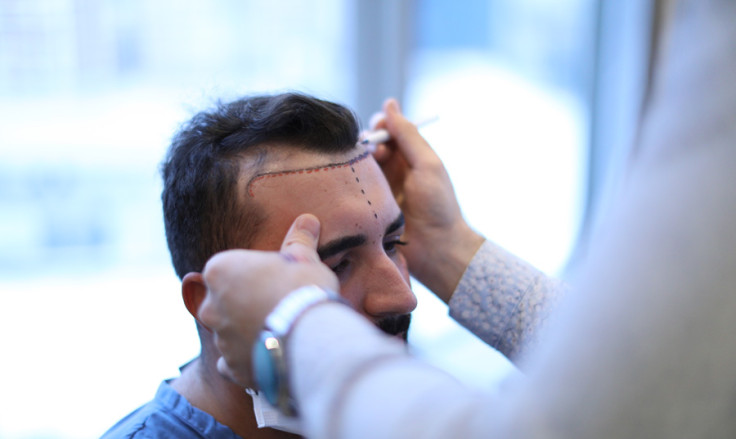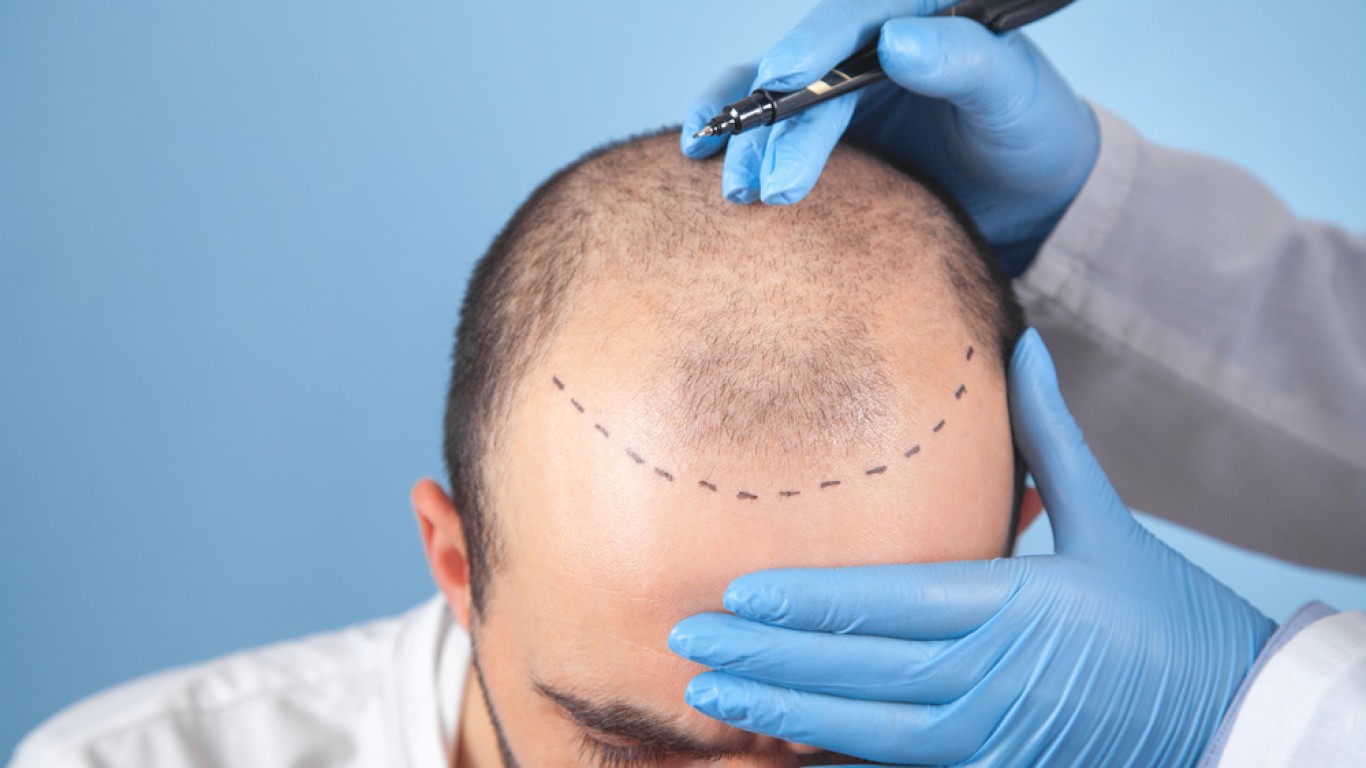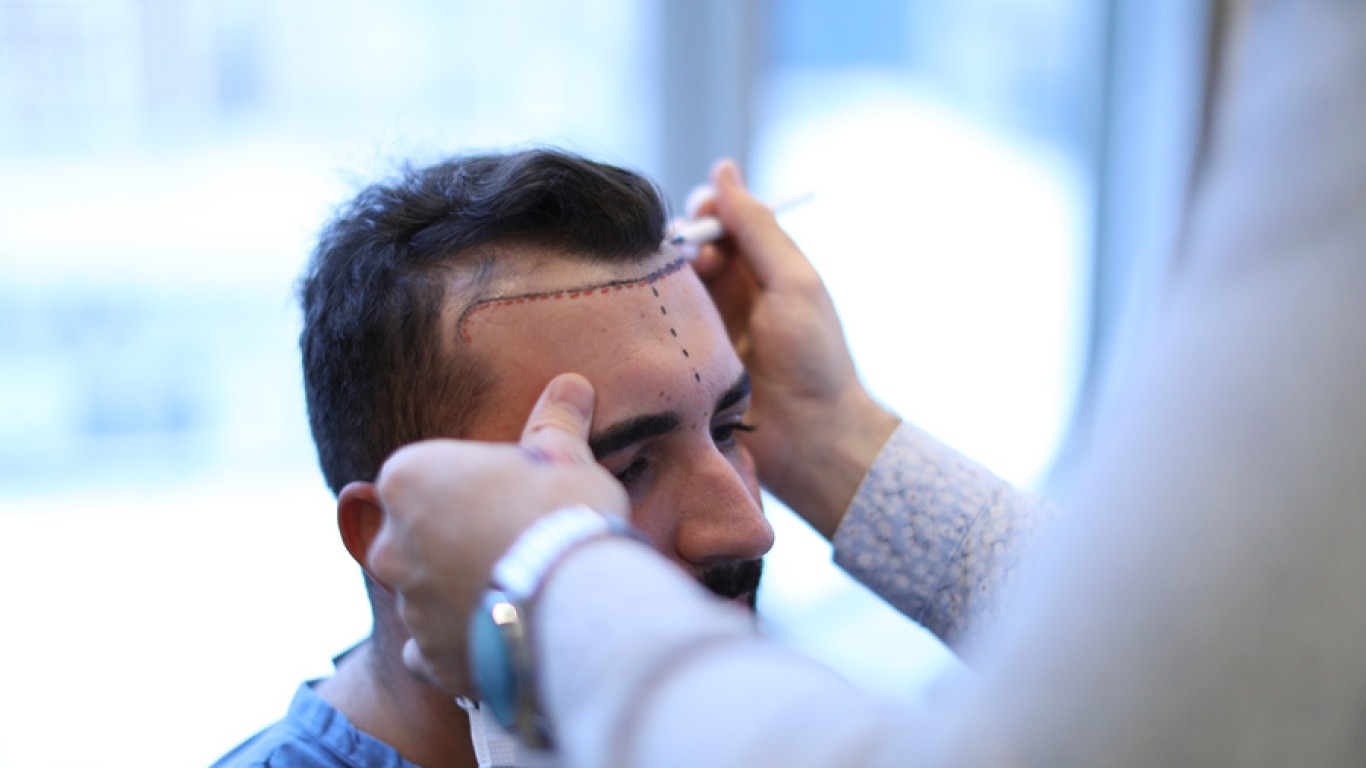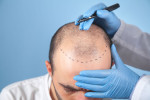Introduction
Follicular Unit Extraction (FUE) is increasingly popular for addressing hair loss worldwide. Technological advances are continuously enhancing the efficacy, affordability, and accessibility of this treatment. Understanding emerging FUE hair transplant trends helps patients and practitioners prepare for changes by 2025. This guide details these must-know trends and their implications for hair restoration.
Artificial Intelligence in FUE Hair Transplant Trends
Artificial intelligence (AI) plays a critical role in modern medical procedures. In FUE, AI significantly enhances precision, efficiency, and outcomes. Advanced algorithms assist surgeons by mapping optimal graft placement and predicting patient results accurately. Consequently, AI integration in hair transplant procedures provides more consistent and reliable outcomes. This raises patient satisfaction.
Robotic Technologies in FUE Hair Transplant Trends
Robotic systems are already assisting surgeons in performing FUE procedures. By 2025, robotics will undoubtedly become more widespread. This provides greater precision and minimises human errors. These systems consistently extract and implant grafts, resulting in reduced surgery times and improved patient comfort. Additionally, robotic technology enables complex and large-scale procedures with minimal complications.
Enhanced Graft Preservation Methods
Advancements in graft preservation technology will significantly improve transplant success rates. Innovative storage solutions and temperature-controlled environments extend the viability of hair follicles. Additionally, these enhanced preservation techniques reduce damage during extraction and storage. This maximises graft survival and ultimately improves transplantation outcomes.
Stem Cell Innovations in FUE Hair Transplant Trends
Stem cell research is transforming the landscape of hair restoration. By 2025, integrating stem cell therapy with FUE procedures may provide revolutionary results. Stem cells can stimulate hair follicle regeneration. This overcomes limitations in donor areas and enhances hair growth significantly. Thus, stem cell therapy could dramatically expand treatment possibilities for patients with extensive hair loss.
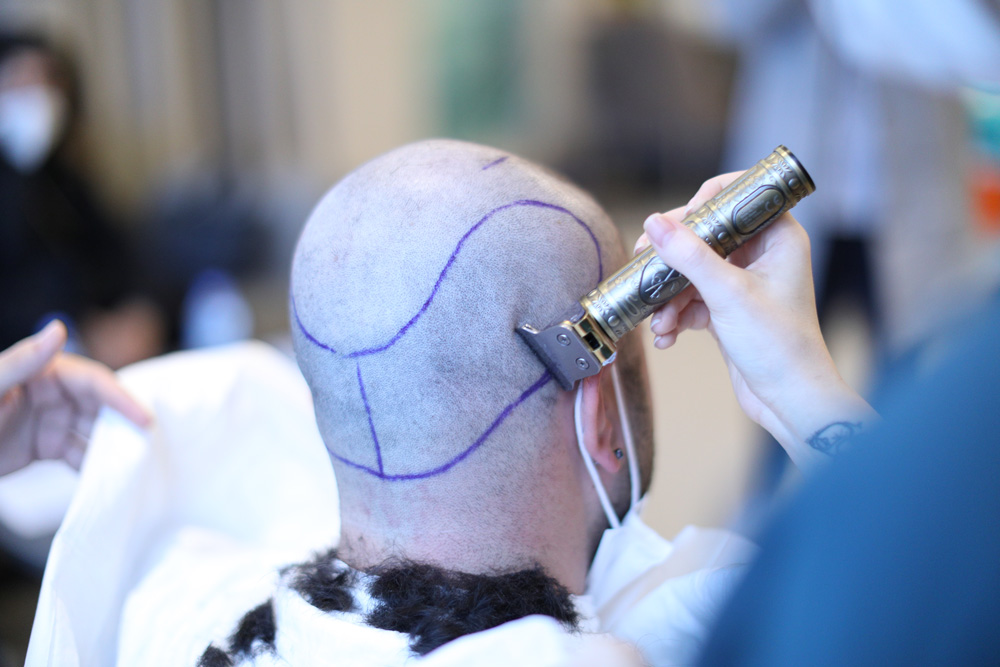
Minimally Invasive Techniques
Minimally invasive FUE techniques will be standard practice by 2025. Significantly reducing patient discomfort and recovery time. Innovations like smaller micro-punch tools and precision-guided devices reduce scarring. They also accelerate healing, and enhance cosmetic results. Consequently, patients benefit from quicker recovery periods and more natural-looking hair restoration outcomes.
Customised Hairline Designs
Personalised hairline design is another key trend expected to evolve substantially. Utilising digital imaging and facial mapping, surgeons can create highly customised and aesthetically pleasing hairlines. Tailored designs ensure natural appearances. This enhances patient confidence and satisfaction significantly. Thus, personalised planning is becoming an integral part of successful FUE outcomes.
Virtual Reality in Patient Consultation
Virtual reality (VR) technology is becoming a valuable tool for patient education and surgical planning. Patients can virtually experience predicted outcomes, enabling informed decision-making and realistic expectations. Furthermore, surgeons use VR to meticulously plan procedures, ensuring precision and patient satisfaction. Thus, VR technology greatly enhances the consultation process and overall procedural outcomes.
Accessibility and Affordability
As technology advances, the affordability and accessibility of FUE treatments will significantly improve by 2025. Increased efficiency and widespread adoption will reduce costs. Procedures will be available to broader patient demographics. Clinics worldwide will adopt these innovations. Ensuring high-quality treatments become more affordable and widely accessible.
Improved Post-Operative Care
Future FUE hair transplant trends include substantial improvements in post-operative care. Innovations such as advanced healing creams, wearable monitoring devices, and personalised recovery regimens enhance patient recovery. Real-time monitoring technology allows immediate medical interventions if complications arise. This ensures optimal results and patient comfort throughout recovery.
Sustainability and Ethical Considerations
Environmental sustainability and ethical sourcing are increasingly important within medical fields. Clinics will prioritise environmentally friendly practices and ethically sourced materials in FUE procedures. Consequently, these sustainable practices will appeal to socially conscious patients. This will influence industry standards and patient preferences significantly.
Globalisation and Medical Tourism
Medical tourism for FUE treatments is predicted to rise substantially by 2025. High-quality international standards combined with affordable pricing attract patients worldwide. Countries investing in advanced hair restoration clinics will position themselves as top medical tourism destinations. Thus, globalisation significantly impacts the future growth and accessibility of FUE hair restoration treatments.
Long-Term Patient Satisfaction
Ensuring long-term patient satisfaction remains crucial in upcoming FUE trends. Clinics will focus on continuous patient engagement, providing ongoing support and guidance post-treatment. Regular follow-ups, advanced monitoring, and patient education programmes significantly enhance long-term outcomes. This patient-centric approach ensures sustained satisfaction and successful long-term results.
Patient Education and Awareness
Patient education will significantly evolve by 2025, becoming crucial in FUE Hair Transplant Trends. Clinics will increasingly provide comprehensive educational resources to help patients understand procedure details, aftercare, and realistic outcomes. Additionally, online seminars, interactive webinars, and tailored digital content will become standard. As a result, informed patients can better manage expectations. They can actively participate in their treatment decisions, and achieve greater satisfaction with their transplant outcomes.
Conclusion
The future of FUE hair transplantation is bright, with transformative trends set to redefine patient experiences. From AI integration and robotic assistance to stem cell therapies and minimally invasive techniques, advancements promise significant improvements in outcomes. Increased affordability, enhanced post-operative care, and global accessibility further solidify FUE’s prominence. Being informed about these trends ensures optimal results and enduring satisfaction for both patients and practitioners.
For more information on FUE procedures and to book a consultation visit the ACIBADEM Beauty Center Hair Transplant webpage.
Frequently Asked Questions
AI will enhance precision, accuracy, and predictability of outcomes, significantly improving patient experiences and satisfaction.
Yes, stem cell therapy is expected to revolutionise hair follicle regeneration, significantly expanding donor area possibilities.
Absolutely. Minimally invasive methods and advanced post-operative care will significantly shorten recovery periods.
VR will enable patients to visualise realistic outcomes, enhancing informed decision-making and patient satisfaction.
Sustainability practices attract environmentally conscious patients, influencing standards and ensuring ethical and eco-friendly treatment approaches.
